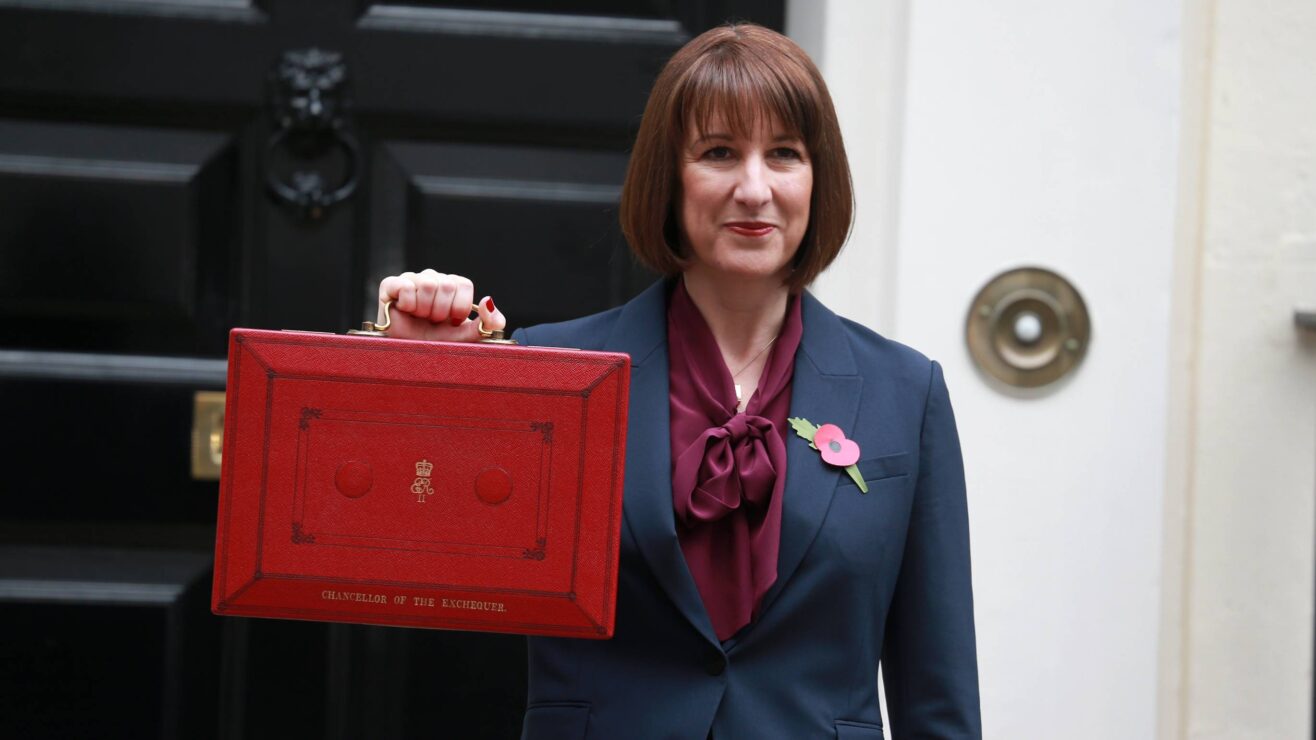We’ve written a lot about subcontractual provision on Wonkhe, and it is fair to say that very little of it has been positive.
What’s repeatedly hit the headlines, here and elsewhere, are the providers that teach large numbers of students in circumstances that have sparked concerns about teaching quality, academic standards, and indeed financial probity or even ethics.
There are a fair number of students that are getting a very bad deal out of subcontractual agreements and, although we’ve been screaming about this for several years, it is good to finally see the beginnings of some action.
Student number tools
The long-awaited release of OfS data is not perfect – there’s lots that we’d love to see that does not appear to have been delivered. One of these is proper student numbers: it should be possible to see data on how many students are studying at each subcontracted provider at the last census point.
Instead, we are scrabbling around with denominators and suppressions trying to build a picture of this part of the sector that is both heavily caveated and three years out of date. This isn’t good enough.
And it is a shame. Because as well as the horror show, the data we do have offers a glimpse of a little known corner of higher education that arguably deserves to be celebrated.
I’ve developed some new visualisations to help you explore the data – these add substantial new features to what I have previously published. Both these dashboards work in broadly the same way – the first allows you to examine relationships at delivery providers, the second at lead providers. You choose your provider of interest at the top left, which shows the various relationships on a map on the left hand side. On the right you can see denominator numbers for each year of data – you can use the filter at the top right to see information about the total number of students who might be continuing, completing, or progressing in a given year.
Each row on the right hand side shows a combination of provider (lead provider on the first dashboard, delivery provider on the second), mode, and level – with denominators and suppression codes available in the coloured squares on the right. The suppression codes are as follows:
- [DQ]: information suppressed due to low data quality from the 2022-23 collection
- [low]: There are more than 2 but fewer than 23 students in the denominator
- [none]: There are 2 students or fewer in the denominator
- [DP]: Data redacted for reasons of data protection
- [DPL]: Data redacted for reasons of data protection (very low numbers, <=2)
- [DPH]: Data redacted for reasons of data protection (within 2 of the denominator)
- [RR] below threshold response rate (for progression)
- [BK] no benchmarks (the benchmark includes at least 50 per cent of the provider’s students)
You can see available indicators (including upper and lower confidence intervals at 95%), benchmarks, and numeric thresholds by mousing over one of the coloured squares. The filled circle is the indicator, the outline diamond is the benchmark, and the cross is the threshold.
A typology
It’s worth noting the range of providers that are subcontracted to deliver higher education for others. There were an astonishing 681 of these between 2014 and 2022.
A third of those active in delivering provision for others (227) are registered with the Office for Students in their own right. Fifty-nine of these are recognisable as universities or other established higher education providers – including 14 in the Russell Group.
Why would that happen? In some cases, a provider may not have had the degree awarding powers necessary for research degrees, so would partner with another university to deliver particular courses. In other cases, the peculiarities of this data mean that apprenticeship arrangements are shown with the university partner. There’s also some examples of two universities working together to deliver a single programme.
We also find many examples of longstanding collaborations between universities and teaching organisations in the arts. Numerous independent schools of dance, drama, and music have offered higher education qualifications with the support of a university – the Bird School’s relationship with the Doreen Bird College of Performing Arts began in 1997. Italia Conti used to have an arrangement with the University of East London, it now works with the University of Chichester.
There are 135 organisations delivering apprenticeships in a relationship with an OfS-registered higher education provider. Universities often offer end point assessment and administrative support to employers and others who offer apprenticeships between level 4 and level 7.
Two large providers – Navitas and QA – offer foundation courses and accredited year one courses for international students at UK universities: QA also offers a range of programmes aimed at home undergraduates. We could also add Into as a smaller example. This dataset probably isn’t the best place to see this (QA is shown as multiple, linked, organisations) but this is a huge area of provision
Seventy-four subcontracted providers are schools, or school centred initial teacher training (SCITT) organisations. As teacher training has gradually moved closer to the classroom and away from the lecture hall, many schools offer opportunities to gain the industry-standard Postgraduate Certificate in Education (PGCE), which is the main route to qualified teacher status. A PGCE is a postgraduate qualification and is thus only awarded by organisations with postgraduate degree awarding powers.
In total there are 144 providers subcontracted to deliver PGCE (initial teacher training) courses, primarily schools, local councils, and further education colleges (FECs). There are 166 FECs involved in subcontracted delivery – and this extends far beyond teacher training. Most large FECs have a university centre or similar, offering a range of foundation and undergraduate courses often (but not always) in vocational subjects. The Newcastle College Group used its experience of delivering postgraduate taught masters courses for Canterbury Christ Church University to successfully apply for postgraduate degree awarding powers – the first FEC to do so.
We find 23 NHS organisations represented within the data. Any provider delivering medical, medical related, or healthcare subjects will have a relationship with one or more NHS foundation trust – as a means to offer student placements, and bring clinical expertise into teaching. This is generally an accreditation requirement. But in many cases, the relationship extends to the university awarding credit or qualifications for the learning and training that NHS staff do. The Oxford Health NHS Foundation Trust works with multiple providers (the University of Oxford, Oxford Brookes University, and Buckinghamshire New University), to offer postgraduate apprenticeships in clinical and non-clinical roles.
Nine police organisations (either constabularies or police and crime commissioners) have subcontractual relationships with registered higher education providers. Teesside University works with the Chief Constable of Cleveland to offer an undergraduate apprenticeship for prospective police officers.
All three of the UKs armed forces have subcontractual relationships with higher education providers. The British Army currently works with the University of Reading to offer undergraduate and postgraduate degrees in leadership and strategic studies – in the past it has offered a range of qualifications from Bournemouth University. Kingston University has a relationship with the Royal Navy, currently offering an MSc in Technology (Maritime Operations) undertaken entirely in the workplace.
Ecosystem
When I talk to people about franchise and partnership arrangements, most (perhaps thinking of the examples that make the mainstream press) ask me whether it would not be easier to simply ban such arrangements. After all, it is very difficult to see any benefit from the possibly fraudulent and often low quality behavior that is plastered all over The Times on a regular basis.
As I think the data demonstrates, a straight-ahead ban would be hugely damaging – swathes of national priorities and achievements (from NHS staff development, to offering higher education in “cold spots”, to the quality of performances on London’s West End) would be adversely affected. But the same could be said for increases in regulatory overheads.
There are a handful of very large providers (I’d start with Global Banking School, Elizabeth School of London, Navitas, QA, Into, London School of Science and Technology, and a few others – and from the data you’d have included Oxford Business College) that are, effectively, university-like in size and scope. It is very difficult to understand why some of these are not registered providers given the scale of their operations (GBS, Into, LSST, and Navitas already are) and this does seem to be the right direction of travel.
There are a clutch of medium-sized delivery providers, often in a single long-standing relationship with a higher education institution. Often, these are nano-specialisms, particularly in the creative arts or in locally important industries. In many of these cases oversight on quality and standards from the lead provider has been proven over a number of years to work well – and there seems little benefit to changing this arrangement. I would hope for this group – as is likely to happen for the FECs, SCITTs, NHS, police, and armed forces – that a change to regulatory oversight only happens where there is an issue identified.
There is also a long tail of very small arrangements, often linked to apprenticeships (and regulated accordingly). For others at this end of the scale it is difficult to imagine OfS having the time or the capacity to regulate, so almost by default oversight remains with the lead partners. I know I say this in nearly every article, but at this end it feels like we need some kind of regular review of the way quality processes work for external providers within lead providers – we need to be sure lead providers are able to do what can be a very difficult job and do it well.
An earlier version of this article could have been read as suggesting that London School of Science and Technology (LSST) is not an OfS registered provider. I am happy to clarify that LSST is registered with the Office for Students in the “Approved” category.












